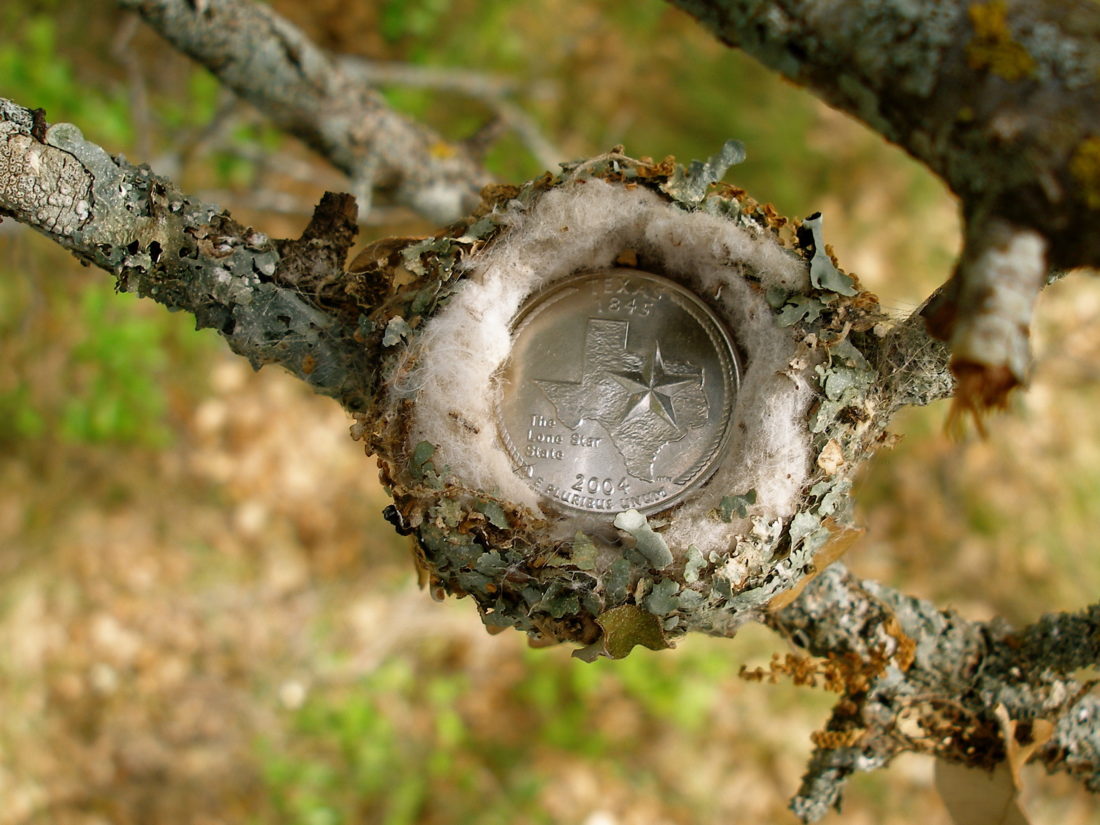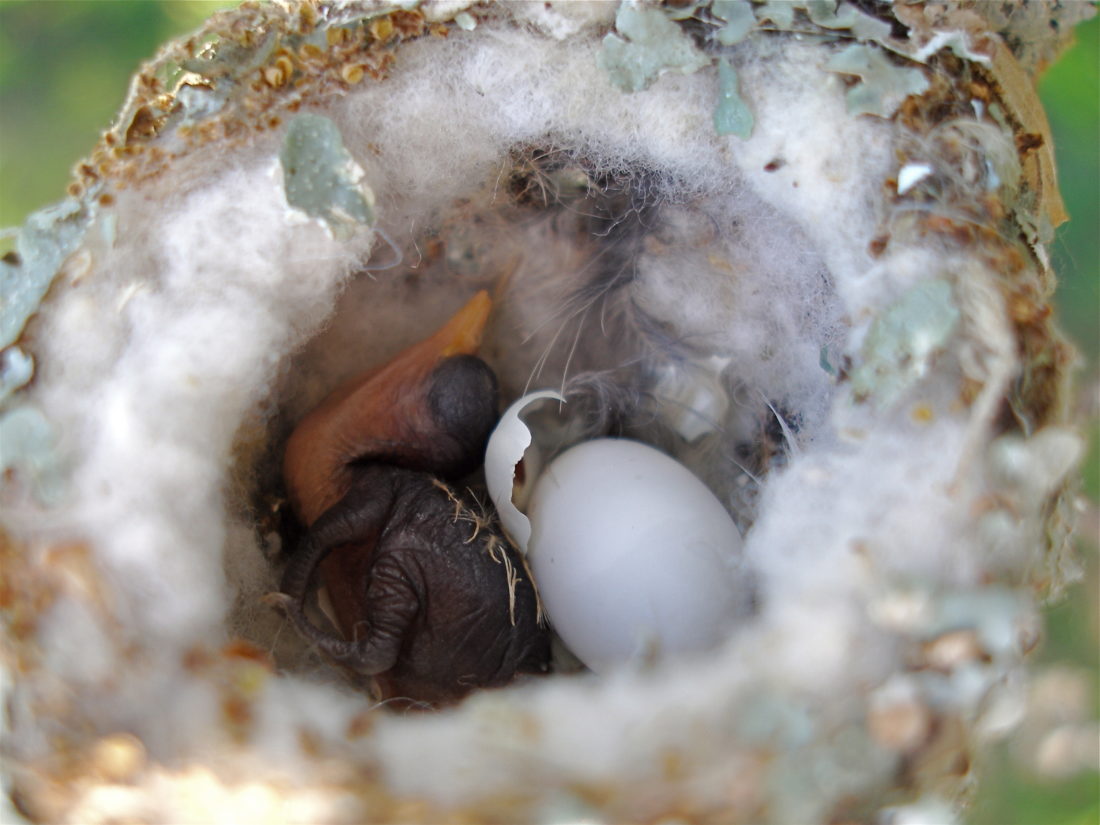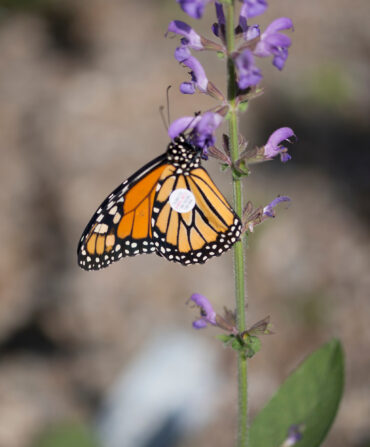Springtime in Texas may conjure images of wildflowers in bloom, but high above these colorful blossoms, another of the season’s gifts is taking flight.
For Texans, the annual hummingbird migration that commences each spring is a cause for celebration. Recently, I drove to the Hummer House in Christoval, just twenty minutes from San Angelo. This West Texas wildlife habitat located on the South Concho River is home to the state’s largest concentration of breeding black-chinned hummingbirds. The property, which sits in a natural flyway surrounded by oak trees and water, is also the private residence of Cathy and Dan Brown.
Every year, the couple buys at least 1,500 pounds of sugar to mix with water and pour into feeders from March to October. It’s a labor of love that invites a litany of birds, starting with black-chinned hummingbirds in March, rubythroats in April, and painted buntings shortly thereafter.
On Saturdays from April to July, the Browns open their glass-front observation room to the public. They also have three onsite guest cottages that are available to rent year-round.
“People, just like birds, return every year,” Cathy says. “I always tell Dan: Feed them and they will come.”
Growing up on the ranch in the late 1930s and 40s, Dan noticed the steady migration of birds passing through his family’s property. In the 1960s, he started tinkering with feeders at home. “I didn’t know what I was doing but you have to learn from experience,” says the rancher, who turns ninety-one in May.
One day, he witnessed a hummingbird hovering over a dead possum, presumably pulling fur for its nest. The sight inspired him to tie wads of cotton to the tree trunks around his house, hoping the material might invite hummers to build their nests nearby. The gesture was well-received, and it wasn’t long before the next generation was spreading their wings over Dan’s property.
Much like the birds that build them, a hummingbird nest is a thing of minute and magnificent beauty. Often, they’re composed with the soft down of dandelion and thistle along with spider silk and lichen, resulting in a spongey, silver-dollar-sized nest that’s used year after year. (Today, wire hangers filled with nesting materials can be purchased online and in the Hummer House gift shop.)

Many backyard enthusiasts hang feeders in trees, over flowerbeds, and from railings or rooflines. Cathy advises filling feeders with a solution of three parts water to one part white sugar. (Although many sources recommend 4:1, the Browns’ 3:1 ratio better mimics the natural sugar content in flowers and provides ample calories during the migration.) “They are very much creatures of habit,” Cathy says. “If you’ve ever fed them and you move your feeder down three feet from last year, they’ll remember that.”
Since 1995, the Hummer House has hosted a reputable banding program that began with a team of ornithology professors from Angelo State University. A Christoval-based “master bander” named Charles Floyd continues those efforts today, contributing to the more than 54,000 birds and 162 species banded at the Hummer House over the years.

Through their records, Floyd, who is one of only roughly 130 hummingbird banders in the U.S. and Canada, can track the age and migration patterns of birds passing through. Most “black-chins” can live from three to eight years, though up until last year, the Hummer House held the world record for one that was eleven years and three months of age. Also through banding, Floyd has recorded a number of surprise guests, including species like Lucifer’s, Anna’s, and broad-billed hummingbirds, along with a few black-chin/rubythroat hybrids. “We band them as quickly as possible and turn them loose,” he says. “They’re very comfortable—nobody gets hurt.”
At the end of my visit, I looked out the observation room window and watched a turkey strutting afield. A black-chin sipped sugar water from a swaying feeder as the canopies of the Brown family’s old live oaks and pecan trees waved in the wind. “We always call it an oasis in West Texas and it really is,” Cathy says. “My belief is if you have something special, it’s meant to be shared.”








